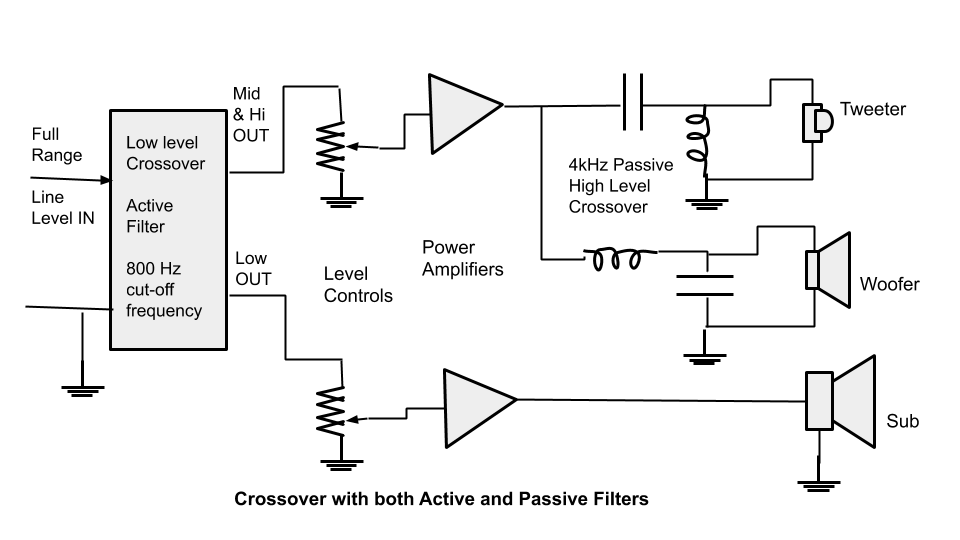Community, Leadership, Experimentation, Diversity, & Education
Pittsburgh Arts, Regional Theatre, New Work, Producing, Copyright, Labor Unions,
New Products, Coping Skills, J-O-Bs...
Theatre industry news, University & School of Drama Announcements, plus occasional course support for
Carnegie Mellon School of Drama Faculty, Staff, Students, and Alumni.
CMU School of Drama
Friday, September 25, 2020
What is a Crossover?
SoundGirls.org: Crossovers are not the most glamorous or talked about gear in live sound, but they are an integral part of the signal chain. Also known as frequency divider networks, these devices filter and route the signal based on frequency. Without a crossover, the same signal gets fed to each driver in the system. Imagine the tweeter, mids, and sub all playing the same song reading the same balance of frequencies.
Subscribe to:
Post Comments (Atom)

3 comments:
I remember learning about crossovers in Production audio with Joe Pino. It was wonderful. I think this article does a decent job of explaining the purpose and the idea of crossovers. I also like how this article goes one step further to explain high pass and low pass filters. When you think about the need for a crossover, filters are the second step in that equation. Especially considering how important a filter can be when you’re working with a higher output system. Filters help with optimal frequencies. However, I don’t remember learning about passive crossovers, and that information felt very new to me. I also feel as though this type of article should be longer and more extensive. The writer just really goes into the interesting dialogue about digital or processor control or manual in the last paragraph, and that type of information about crossovers could be written about in pages worth of a textbook. Nonetheless, I definitely think this article did what it set out to do, which was an overview of information about crossovers on a website.
Okay, the content of the article did not match the content that I expected to see with the title at all (I thought it would be an article about cultural fusion or collaboration of different genres), but I still had fun reading it. I think one of the reasons was because I could actually understand what they were saying; my brain usually goes blank when I have to read this much length of certain terms, but that did not happen this time. These kinds of articles are so valuable to me because they do not really teach me new information, but also reminds me to keep on exploring and learning. I can tell that I know how theater works better than the people who have never been on backstage, but I tend to forget that there are still SO MUCH things out there for me to learn. I know it would be impossible to put every information about crossovers in this article, but I appreciate this since it helped me at least grasping the general definition, role and implementation of the crossovers in the theatrical settings.
This is an interesting article that gives at least a brief introduction to audio crossovers, but as Ella said there is almost more to be desired in terms of content. Granted, getting deeper into the math and science behind these systems exponentially increases the complexity of the content, but other pieces of information like frequency plots comparing/contrasting various crossover methods would help aid the understanding. I do like the conversation about the differences in active and passive crossover systems, since we often learn about the importance the placement of audio filters and effects in the signal chain. It also makes sense that the passive crossovers are much less flexible since they are built up of larger, more rugged components. On the other side, the active crossovers allow for greater flexibility to the engineer. This is all still in the analog world, and the author only briefly mentions digital filters. In todays landscape, we rely heavily on digital signal processing to produce effects and filters that are otherwise impossible to achieve in the analog world, and I wish the author went a little more into those crossovers.
Post a Comment